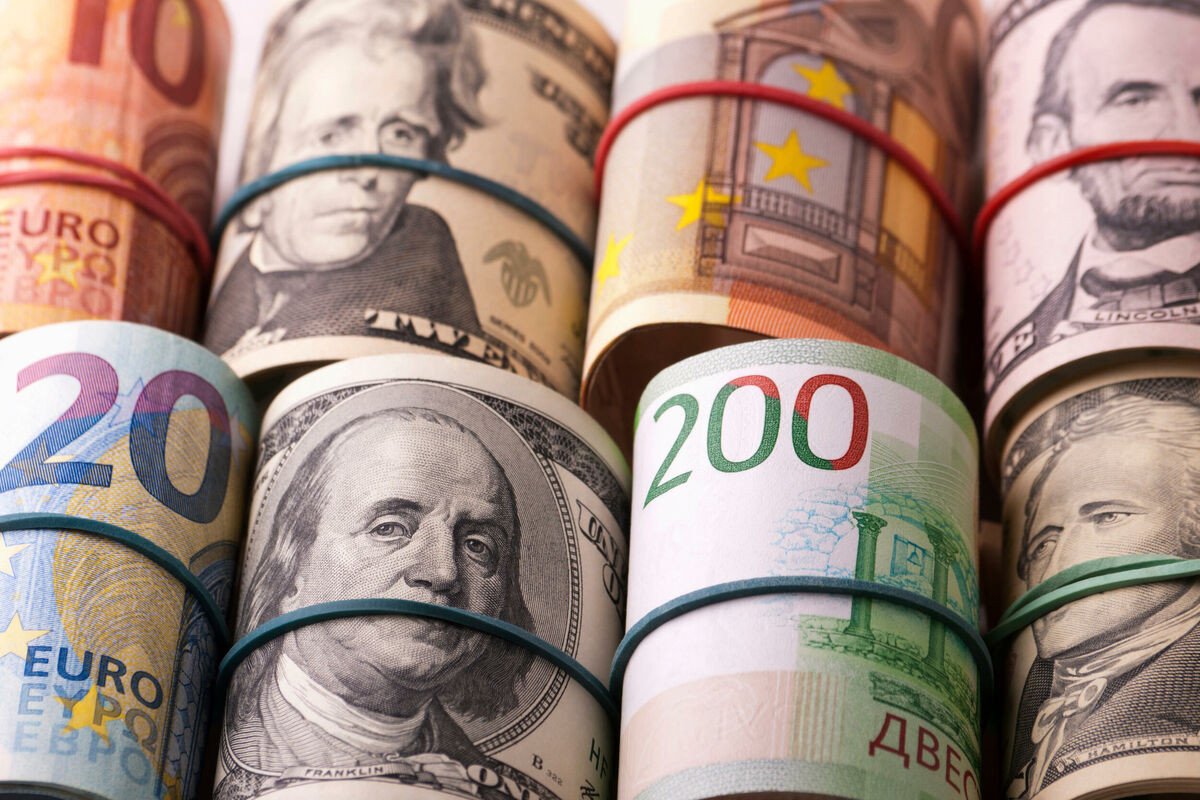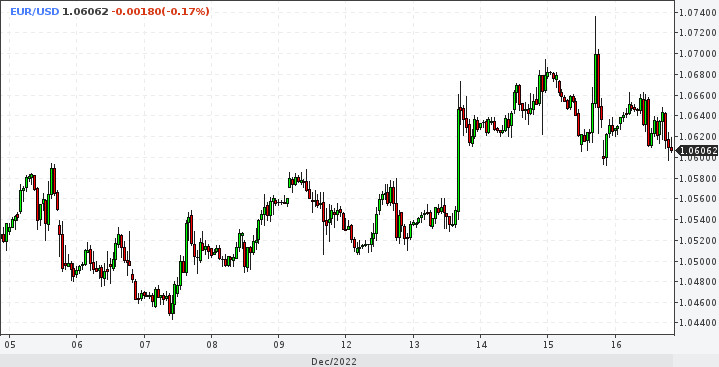
This week traders got a wave of fundamental factors which have yet to be properly understood, analyzed and played back. The trend was set by the world central banks, while a series of macro data also makes the markets ponder at their leisure.
The new inputs do not provide a clear picture, but signs of a recession in the US are beginning to emerge. This suggests that the rate hike cycle is coming to an end, although the Federal Reserve is even more hawkish.
Here it is worth recalling the recent history with the start of rate hikes, when the U.S. central bank rejected the problem of inflation. Then, as everyone remembers, the Fed abruptly changed its mind and began to tighten policy. Now the situation may be, if not similar, then very similar. Once inflation starts to decline steadily, the U.S. central bank will adjust its opinion again and begin to cut rates, perhaps ahead of time.
The question is whether this hypothesis is correct. It is hard to believe the signs of peak inflation, which could turn around at any moment. That said, the world situation is steadily uncertain.
What should a trader believe?
As for the euro, the European Central Bank, which has been waving off inflation problems even longer than the Fed, is now confidently talking about upside risks to further price growth and downside risks to the economy. The economy should expand by 3.1% in the outgoing year and by 0.8% next year.
This is much better than the Fed's estimate, which expects a 0.5% increase in GDP in 2022 and 2023. Meanwhile, the sharp cooling of economic growth is not stopping the Fed and is unlikely to stop the ECB.
Quite often it turns out that the U.S. business cycle is 2-3 quarters ahead of the European one. This may have been one of the reasons why the U.S. was the first to rush into the inflation battle. Now Europe is starting to sound more hawkish. ECB President Christine Lagarde, during a press conference, predicted further rate hikes of 50 bps, while the Fed is expected to raise rates by 25 bps next.
EUR/USD managed to strengthen by 1% after the U.S. inflation release, recovering initial losses. It also rewrote six-month highs after the Fed's comments and recorded a gain of almost 0.5% after the ECB rate decision.

Despite the current pullback, which is more like a consolidation, the euro looks quite attractive for further purchases in the future.
Since December, the single currency is confidently giving a signal to break the downtrend. Moreover, the EUR/USD pair crossed an important milestone, which speaks not about the bullish correction but about the beginning of a long-term growth.
The results of the last FOMC and ECB meetings this year provided a fundamental basis for this change of trend, indicating that Europe is now catching up with the US. However, there is an important technical test ahead at 1.0750-1.0800 where the 2020 lows are centered. It should show what to expect in the future.
The euro rally looks reasonable in the current environment, but traders are frightened by the threat of a recession.
Lagarde warned Thursday that the coming months could see a "relatively short-lived and shallow" technical recession due to a growing set of economic problems caused by the energy crisis. Is this true, or are the Europeans downplaying the problems as usual?
The rate of contraction of the European economy is indicated above. As for inflation, it is currently expected to average 8.4% in 2022. Next year the figure should fall to 6.3%, while the forecast for 2024 has been raised from 2.3% to 3.4%.
"Energy and food costs could also remain persistently higher than expected. There could be an additional drag on growth in the euro area if the world economy were to weaken more sharply than we expect" Lagarde noted the previous day.
"The risks to the inflation outlook are primarily on the upside. In the near term, existing pipeline pressures could lead to stronger than expected rises in retail prices for energy and food. Over the medium term, risks stem primarily from domestic factors such as a persistent rise in inflation expectations above our target or higher than anticipated wage rises." - she added.
Euro outlook
Be that as it may, the prospects for the euro remain positive, analysts continue to publish estimates in which the euro has an advantage against the dollar. Major currencies seem to be swapping places next year.
Nordea economists expect the EUR/USD pair to rise to 1.1000 within the next year. In a more optimistic scenario for the euro, the quote may rise to 1.1300.
However, the euro may not gain an appropriate run-up right away.
"Our 3M forecast of EUR/USD at 0.99 seems too optimistic on behalf of the USD given how markets have changed their view on the Fed compared to the ECB lately. However, we still maintain our downside bias in EUR/USD in 3M to 6M as we see stocks taking a tumble lower on the back of higher rates than markets currently anticipate." commented Nordea.
If we talk about the decline, then the parity is unlikely to be repeated. The EUR/USD low is 1.0400 and this seems to be the limit.





















